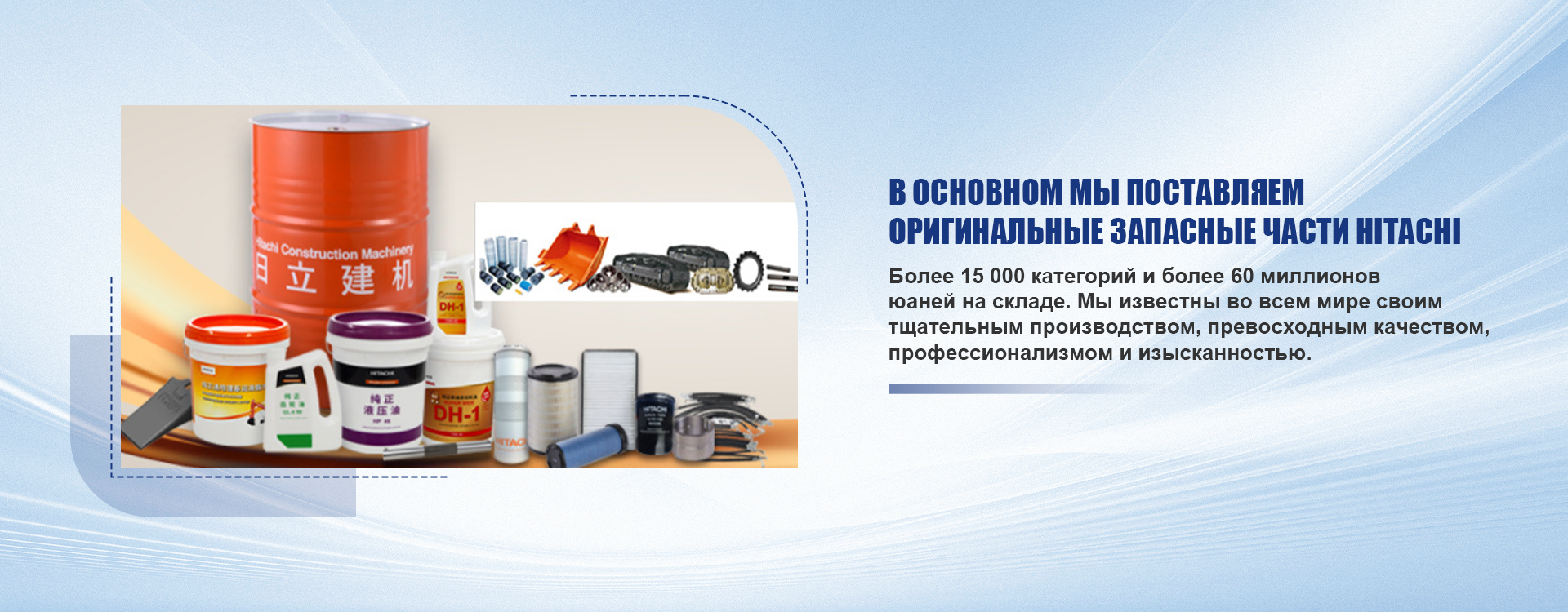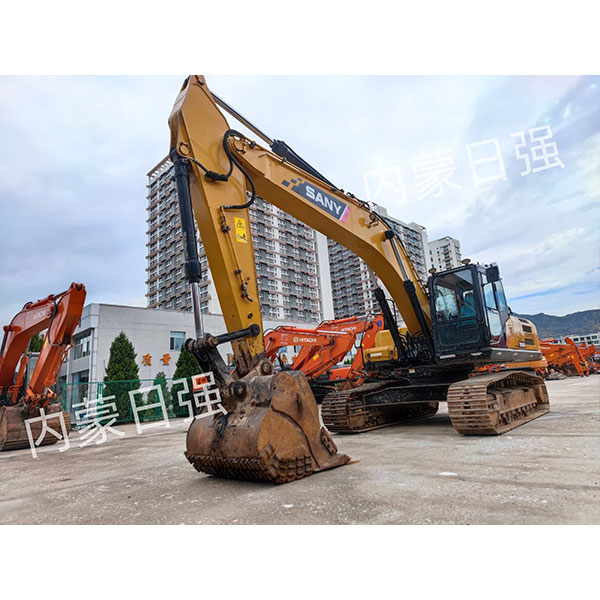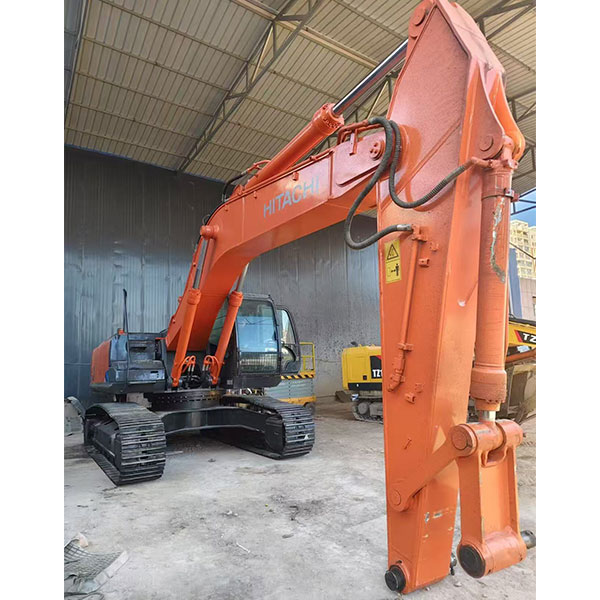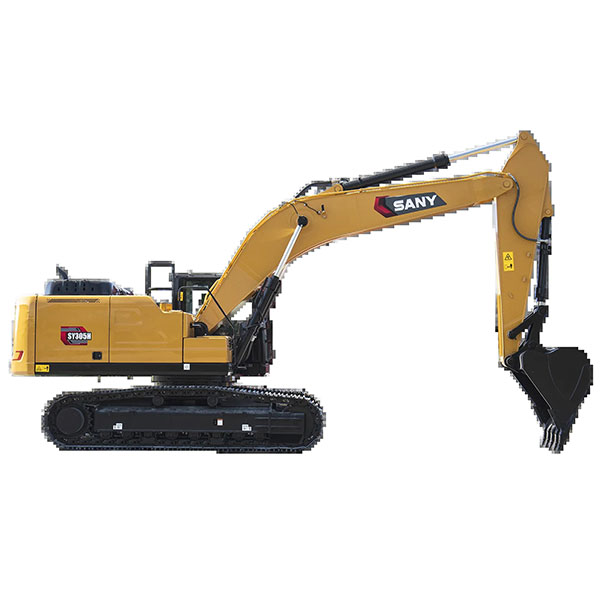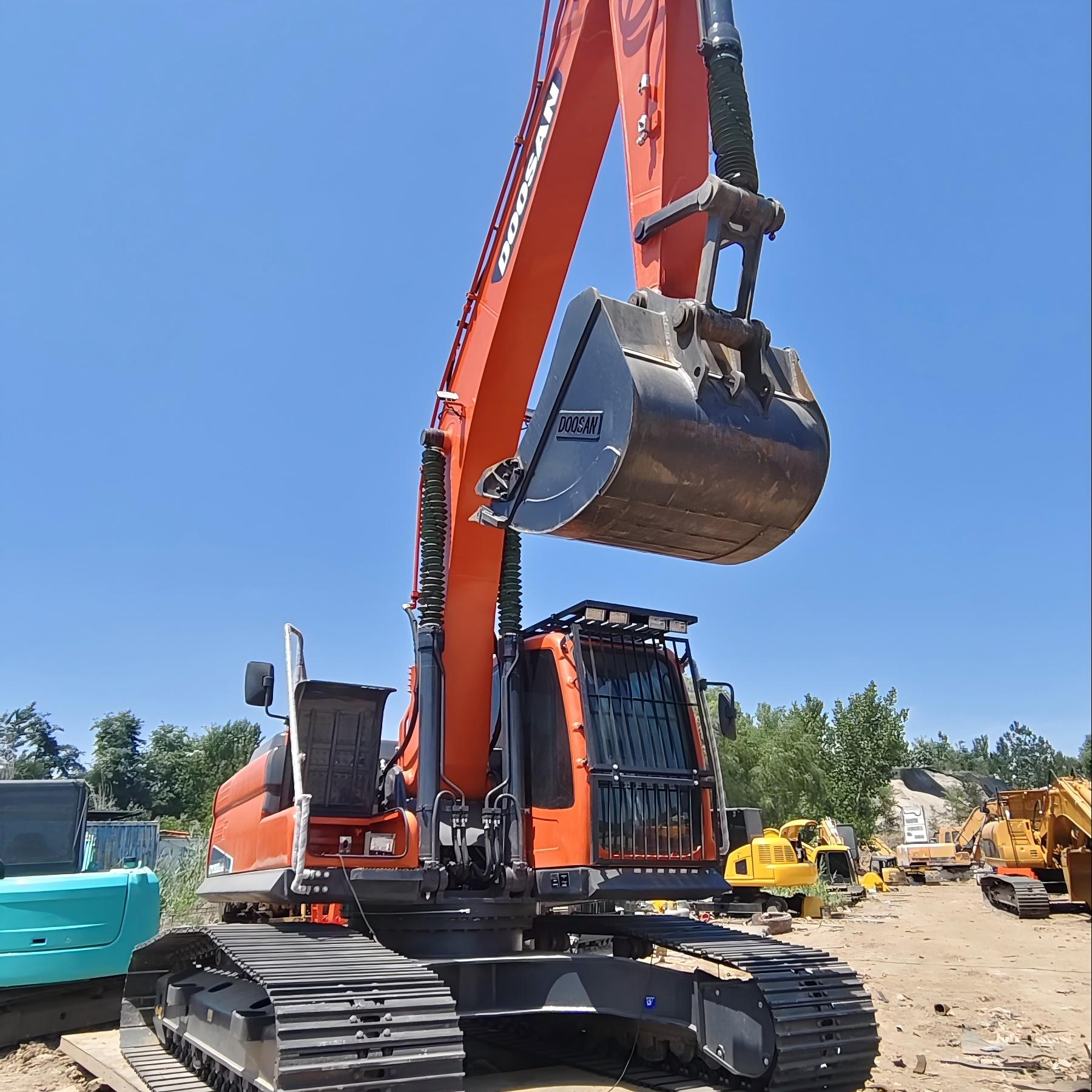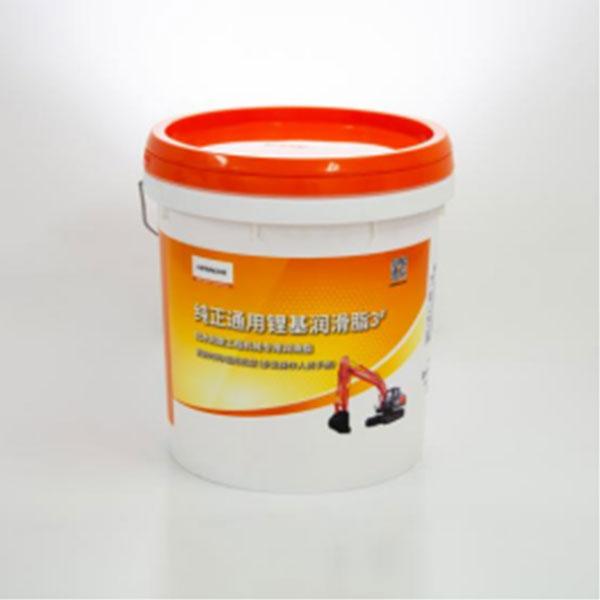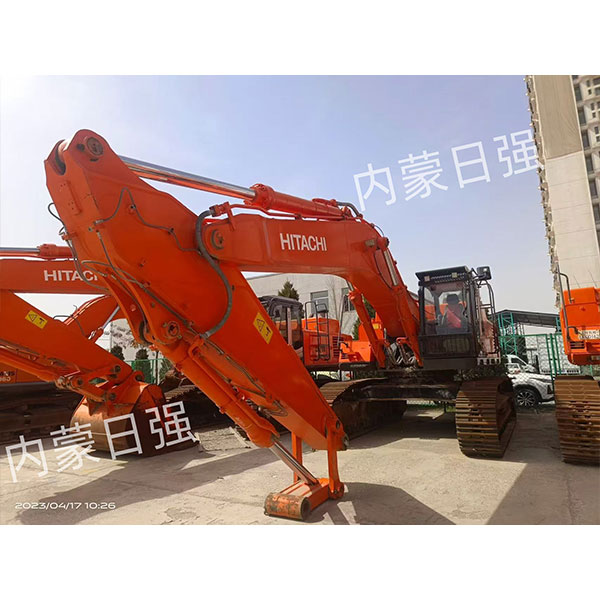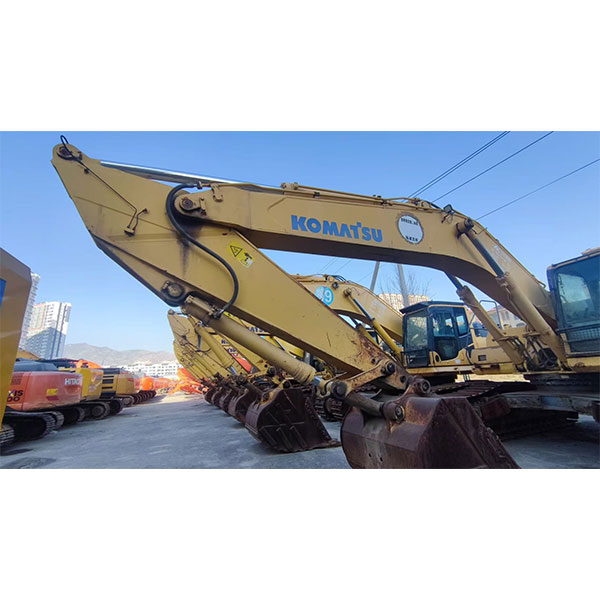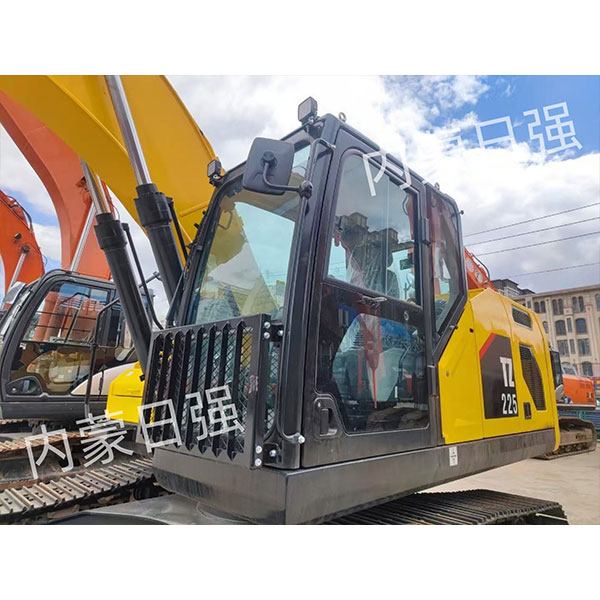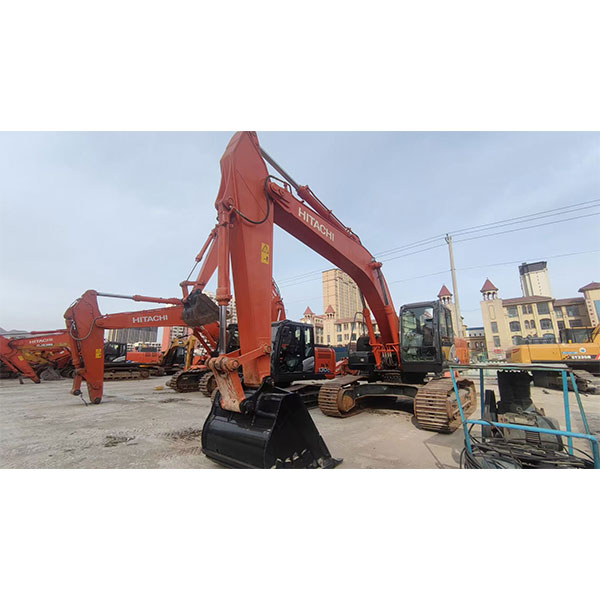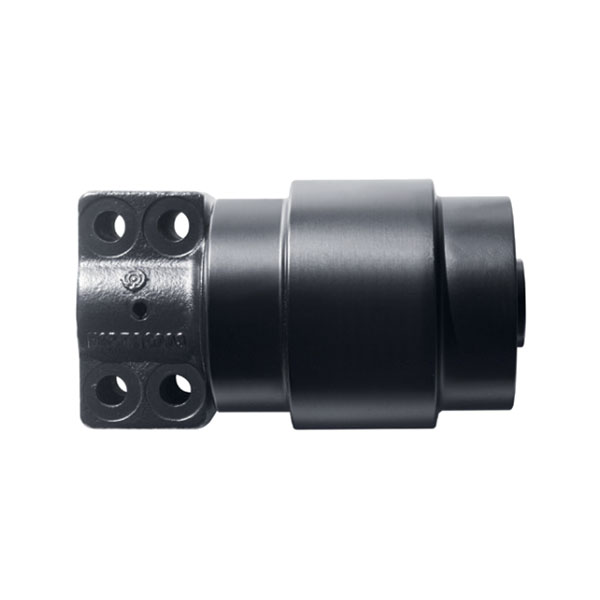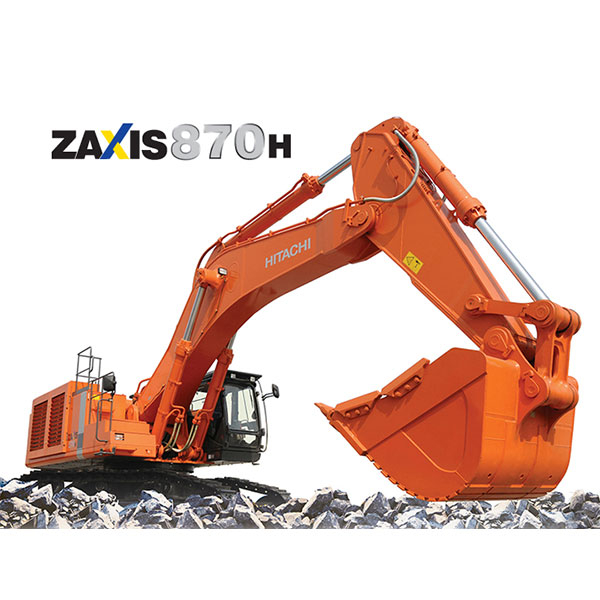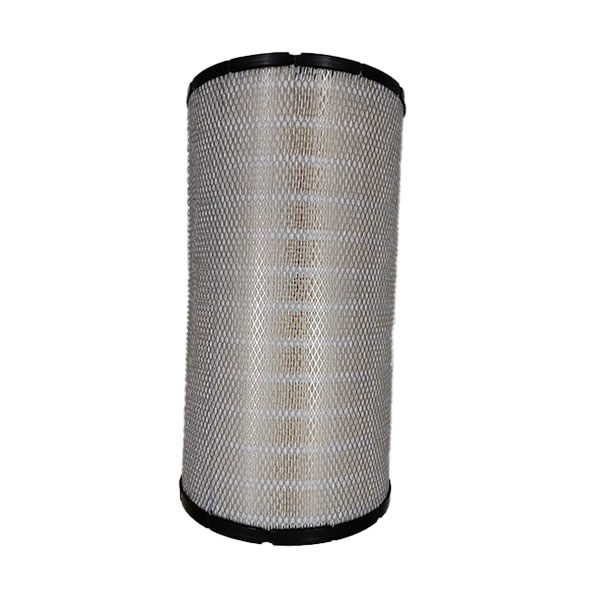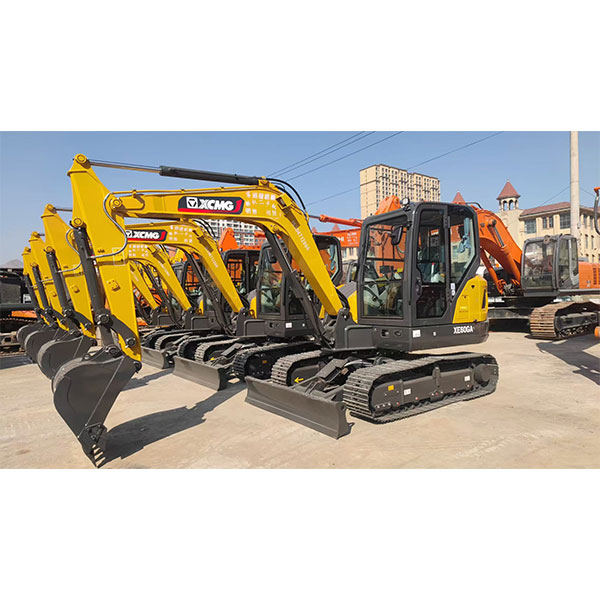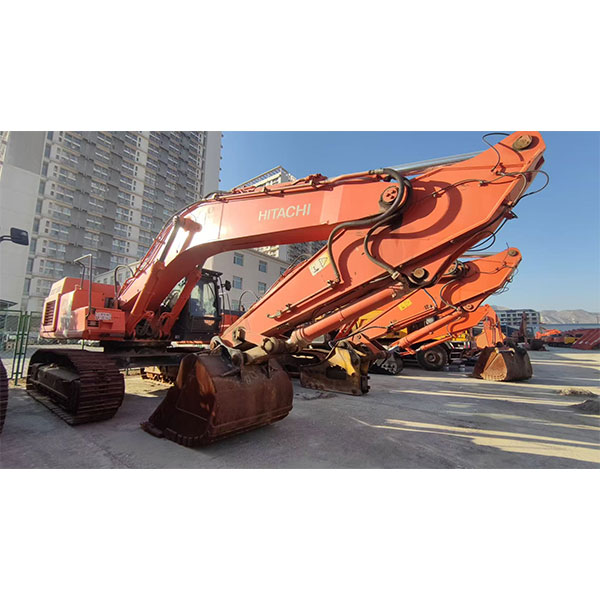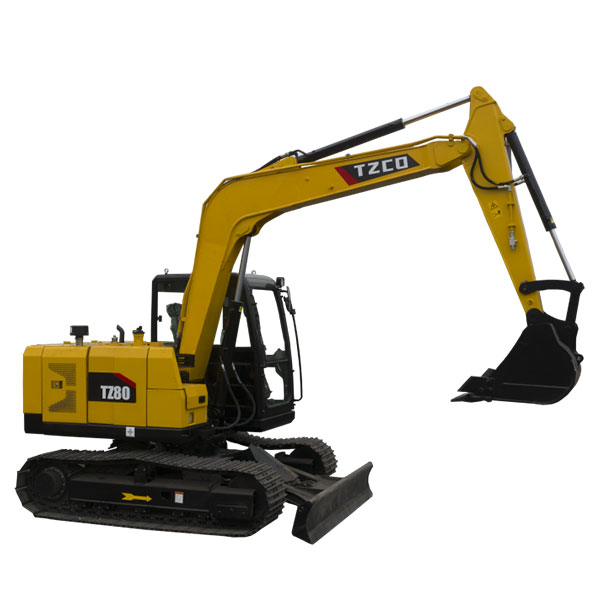
Hydraulic hose
Hydraulic hose- This is a flexible pipeline used to transport hydraulic fluid between the components of the hydraulic system. It is necessary to transmit power in a wide range of applications, from construction equipment to industrial equipment. The choice of the right hose, its proper installation and maintenance are crucial for the safe and efficient operation of hydraulic systems.
What is a hydraulic hose?
Hydraulic hose- This is a specialized type of hose designed to work under high pressure and with hydraulic liquids. It usually consists of several layers: the inner tube, reinforcement and external coating.
- Inner tube:It is usually made of synthetic rubber compatible with the hydraulic fluid used.
- Reinforcement:Provides the strength of the hose and resistance to pressure. It can consist of one or more layers of steel wire, textiles or other materials.
- External coating:It protects the hose from external influences, such as abrasion, the effect of chemicals and ultraviolet radiation.
Types of hydraulic hoses
There are many typeshydraulic hoses, each of which is intended for specific applications. It is important to choose the right type of hose to ensure safe and efficient operation.
By pressure:
- Low pressure hoses:For low pressure systems, for example, in fuel supply systems.
- Middle pressure hoses:For most industrial applications.
- High pressure hoses:For heavy equipment and equipment operating under high pressure.
- Super -high pressure hoses:For specialized applications that require extremely high pressure.
According to the material:
- Rubber hoses:The most common type, offering good flexibility and resistance to various liquids.
- Thermoplastic hoses:Easy and more resistant to chemicals than rubber hoses.
- Teflon hoses:They have excellent chemical resistance and heat resistance.
By design:
- Reinforced with steel wire:Provide high strength and resistance to pressure.
- Textile reinforced hoses:More flexible and light than hoses reinforced with steel wire.
- Spiral hoses:Designed for applications that require high flexibility and resistance to excesses.
The choice of the correct hydraulic hose
When choosinghydraulic hoseSeveral factors must be taken into account:
- Working pressure:The hose should withstand maximum pressure in the system.
- Type of liquid:The hose should be compatible with the hydraulic fluid used.
- Temperature range:The hose should withstand the operating temperature of the system.
- Size:The size of the hose must comply with the requirements of the system.
- Application:The hose should be intended for a specific application.
For the correct selectionhydraulic hoseContact the technical documentation of the equipment manufacturer. The company LLC International Mongolia Zhitsyan Construction equipment (https://www.nmgrq.ru/) offers a wide selectionhydraulic hosesFor various construction equipment.
Installation and maintenance of hydraulic hoses
Proper installation and maintenancehydraulic hosesare crucial for ensuring safe and efficient operation of the hydraulic system.
Installation:
- Make sure the hose has the correct length and diameter.
- Use the correct fittings and connections.
- Do not twist and do not bend the hose.
- Strongly secure the hose.
Service:
- Regularly inspect the hoses for damage.
- Replace the hoses when detecting damage.
- Follow the purity of hoses and fittings.
- Follow the recommended replacement intervals.
The use of hydraulic hoses
Hydraulic hosesused in a wide range of applications, including:
- Construction equipment (excavators, bulldozers, loaders)
- Agricultural equipment (tractors, combines)
- Industrial equipment (presses, machines)
- Automotive industry (brake systems, steering)
- Aviation (chassis, control systems)
The main malfunctions of hydraulic hoses and their elimination
Despite the strength and reliability,Hydraulic hosesExpelled and can fail. Below are the main malfunctions and ways to eliminate them:
1. Leaks
Cause:Damage to the hose (cracks, cuts), weakening or damage to fittings.
Solution:Tighten the fittings. If the leak continues, replace the hose or fittings.
2. Excitement and twisting
Cause:Incorrect installation or operation, insufficient length of the hose.
Solution:Reinstall the hose, making sure that it is not twisted and has a sufficient length for moving. Use corner fittings to avoid overcutors.
3. Gaps
Cause:Exceeding maximum working pressure, reinforcement damage, wear.
Solution:Replace the hose with a new, designed for the required working pressure. Make sure that the pressure in the system does not exceed permissible values.
4. The stratification of the hose
Cause:The effect of aggressive chemicals, overheating, aging of the material.
Solution:Replace the hose with a new material resistant to the chemicals used and temperatures.
Table: Comparison of the types of hydraulic hoses by characteristics
| Type of hose | Working pressure | The temperature range | Application |
|---|---|---|---|
| Rubber, reinforced with steel wire | High | -40 ° C to +100 ° C. | Construction equipment, industrial equipment |
| Thermoplastic | Average | -40 ° C to +93 ° C. | Automotive industry, hydraulic control systems |
| Teflon | High | -73 ° C to +204 ° C. | Aviation, chemical industry |
Conclusion
Hydraulic hose- An important component of any hydraulic system. The correct selection, installation and maintenance of hoses provides safe and efficient operation of the equipment. The company LLC International Mongolia Zhitsyan Construction equipment offers high -qualityHydraulic hosesAnd professional advice on their choice.
Sources:
AppropriateProducts
Corresponding products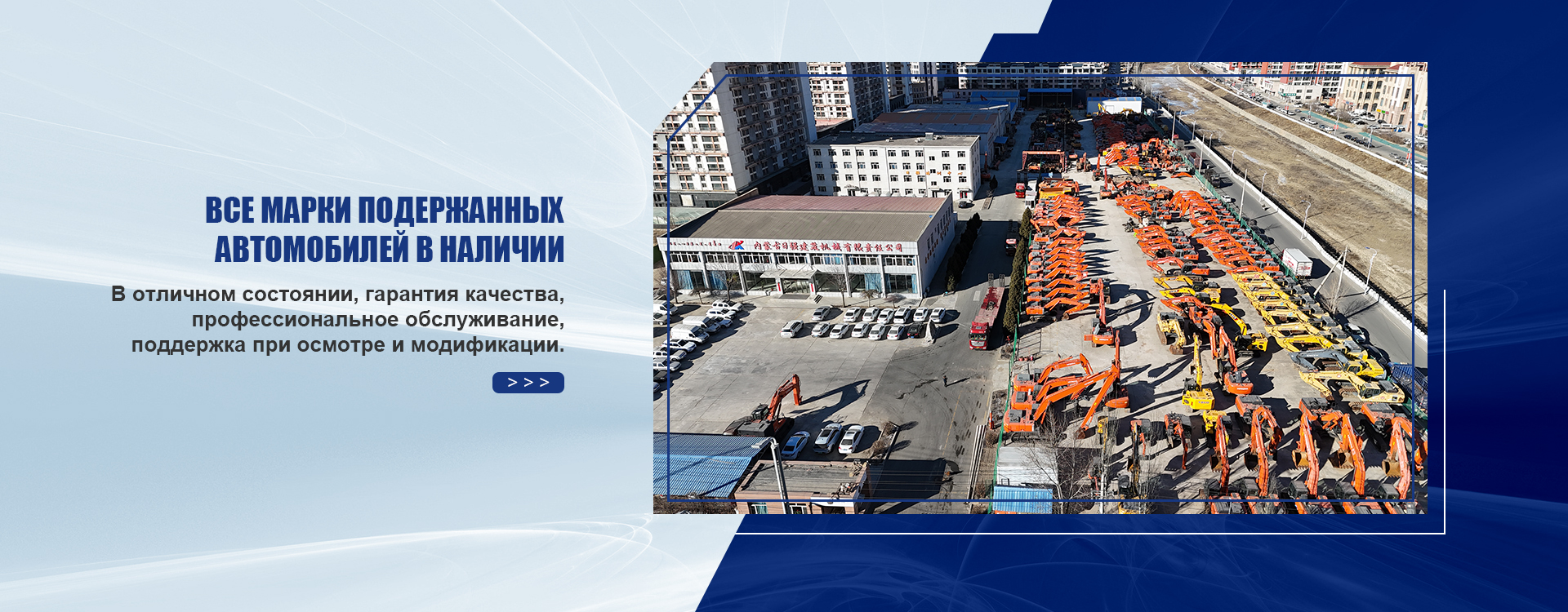
The best soldproducts
The best -selling productsConnectedsearch
Related search- The price of a hydraulic cylinder from China
- Hydraulic cylinder external manufacturers in China
- Cheap safe and reliable hydraulic cylinder factory
- Suppliers of components
- Cheap basic buyers of agricultural machinery cylinder
- Cheap manufacturers repair of the hydraulic cylinder
- Hydraulic cylinder jack
- Restored used excavators in China
- The price of a used excavator to order
- Hydraulic cylinder for mining technology








